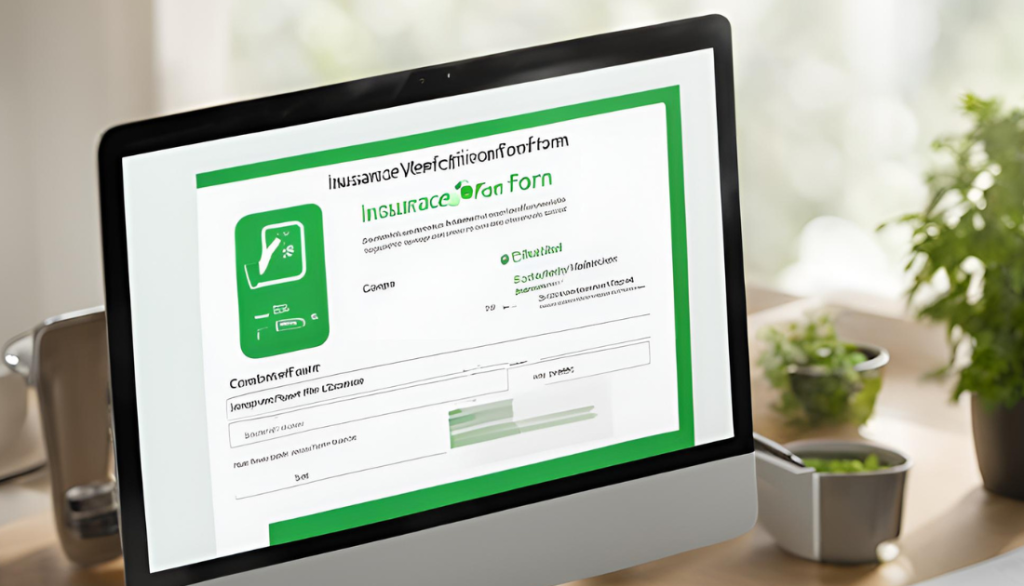Concurrent medical billing, also known as concurrent coding, is a process in healthcare that involves billing for medical services while the patient is still receiving treatment. It is a controversial practice that has both advantages and disadvantages. We will explore the benefits and drawbacks of concurrent medical billing.

Advantages of Concurrent Medical Billing
Concurrent medical billing, where billing processes are handled simultaneously with clinical services, offers several advantages:
Improved Cash Flow:
By billing as services are rendered, healthcare providers can accelerate their revenue cycle. This reduces the time between providing care and receiving payment, leading to better cash flow management.
Reduced Claim Denials:
Immediate billing allows for the prompt review of charges and coding accuracy, decreasing the likelihood of claim denials and rejections due to errors or omissions.
Enhanced Accuracy:
Real-time billing helps ensure that charges are accurately captured and documented as they occur, reducing discrepancies between patient records and billing statements.
Faster Reimbursement:
Concurrent billing can lead to quicker reimbursement from insurance companies since the process is streamlined and errors are minimized.
Improved Patient Experience:
Patients benefit from a more transparent billing process, with fewer surprises and clearer communication about their financial responsibilities.
Streamlined Workflow:
Integration of billing with clinical workflows reduces administrative overhead and frees up staff time for other critical tasks, enhancing overall operational efficiency.
Timely Updates:
Real-time billing allows for immediate updates to patient accounts, ensuring that financial information is current and accurate.
Faster Insurance Verification and Authorization

With concurrent billing, insurance verification and prior authorizations can be handled while the patient is still receiving care. This minimizes delays in treatment due to insurance-related issues and ensures that patients are aware of any coverage limitations before procedures are carried out. Quick resolution of such issues leads to smoother service delivery.
Enhanced Accuracy in Coding and Documentation
Since concurrent billing occurs in real-time or close to it, medical coders have access to the most accurate and updated patient records. This leads to a higher accuracy rate in medical coding and fewer errors related to outdated or incomplete patient files. Accurate coding is crucial for proper reimbursement and maintaining compliance with payer requirements.
Improved Workflow and Efficiency
Concurrent billing systems often integrate directly with EHRs, streamlining the documentation process. Doctors and administrative staff can complete patient charts, verify treatments, and submit claims all within one workflow. This leads to a more efficient process and minimizes the need for rework, like re-entering patient information or tracking down missing data.
Reduced Accounts Receivable (AR) Days
Since claims are submitted in real-time, the time it takes for providers to get reimbursed from insurance companies is greatly reduced. Shorter AR days improve the financial health of the practice, as providers are less likely to face cash flow issues caused by delays in payment.
Real-Time Feedback for Clinicians
Real-time billing processes can provide clinicians with immediate feedback on coding issues or incomplete documentation. This enables them to correct errors quickly, which reduces the chance of future claims being denied. Concurrent systems can also prompt clinicians to provide additional information needed for specific insurance policies, further reducing denials and resubmissions
Disadvantages of Concurrent Medical Billing
While concurrent medical billing offers several advantages, it also has potential disadvantages that healthcare organizations should consider:
Increased Administrative Burden:

Implementing concurrent billing systems can require significant administrative effort and additional training for staff. This might strain resources, especially in smaller practices.
Higher Initial Costs:
The setup and integration of real-time billing systems can involve substantial upfront costs for software, hardware, and training.
System Integration Challenges:
Integrating concurrent billing systems with existing electronic health records (EHRs) and practice management systems can be complex and may require ongoing technical support.
Risk of Errors:
While concurrent billing aims to reduce errors, the fast-paced nature of real-time billing can sometimes lead to mistakes if staff are not sufficiently trained or if the system is not properly maintained.
Potential for Increased Patient Confusion:
Frequent updates to billing information can sometimes confuse patients, particularly if they receive multiple statements or notices before their insurance processes are complete.
Workflow Disruptions:
Shifting to a concurrent billing model may disrupt established workflows and require adjustments in how services are documented and billed.
Privacy and Security Concerns:
Real-time data processing increases the volume of sensitive information being handled, necessitating robust security measures to protect patient data from breaches.
Dependence on Technology:
Concurrent billing relies heavily on technology, making the system vulnerable to technical issues or outages that can impact billing efficiency.
Higher Upfront Costs for Small Practices

The transition to a concurrent billing system can be a financial burden, especially for smaller healthcare practices. The initial cost includes purchasing new software, upgrading EHR systems, training staff, and possibly hiring additional billing or IT personnel to manage the new system. Smaller practices may not have the cash reserves or patient volume to justify these costs immediately.
Steep Learning Curve for Staff
Staff members, particularly those who have been working with traditional billing methods, may need significant training to adapt to a concurrent billing process. The learning curve can be steep, especially when introducing new software tools. Employees may also struggle with integrating real-time documentation into their daily routines, leading to frustration or decreased job satisfaction.
Increased Risk of Errors in the Short Term
During the transition period, there is a heightened risk of errors as staff adjusts to the new system. Real-time billing requires fast, accurate data entry, which can be difficult to maintain consistently under pressure. Mistakes made during this period could lead to delays in payment or potential regulatory issues if inaccuracies become habitual.
Dependence on Staff and Provider Collaboration
A successful concurrent billing process requires close collaboration between healthcare providers and billing staff. If communication between departments breaks down or if documentation is incomplete, the entire billing process can be delayed. This places an added emphasis on teamwork and coordination, which may be challenging in larger facilities or busy practices with high patient volumes.
Potential for Increased Patient Complaints
While upfront transparency about costs can be a positive, some patients may react negatively to receiving financial information during their care. They might feel uncomfortable discussing financial matters when they are focused on their health or in distress, potentially leading to negative feedback or dissatisfaction. This is particularly true for patients with high out-of-pocket costs or those who are uninsured.
Technical Downtime and Cybersecurity Risks
The reliance on technology in concurrent billing makes healthcare providers more vulnerable to technical downtime. Server outages, software glitches, or system failures can disrupt the entire billing process, creating a backlog of claims that will need to be processed later. Additionally, handling patient data in real-time increases the risk of data breaches or cybersecurity threats, which can compromise sensitive information.
Limited Flexibility with Complex Cases
In more complex medical cases, where treatment plans may evolve over time or require multiple services, concurrent billing may not always be ideal. For example, if a patient’s treatment involves multiple specialists or services over a prolonged period, real-time billing can complicate the reconciliation process between providers. Errors or omissions in documentation can lead to claim disputes or delays in payment, which may not occur in post-care billing where there’s more time to review records.
Compliance with Regulatory Requirements
The healthcare billing landscape is subject to strict regulations, such as those set by HIPAA (Health Insurance Portability and Accountability Act) and other payer-specific rules. Concurrent billing ensures that records are updated in real time, which aids in meeting compliance standards. However, it also requires constant vigilance to ensure that all real-time submissions follow the latest coding rules, which may vary between different insurers.
Impact on Patient Relations
Concurrent billing improves transparency with patients, allowing them to better understand their financial responsibilities. However, the timing of these discussions needs to be handled delicately. Healthcare providers may need to offer counseling or financial assistance programs to prevent patients from feeling overwhelmed by real-time billing. Striking a balance between transparency and empathy can lead to better patient retention and satisfaction.
Integration with Other Systems
Concurrent billing systems need to integrate seamlessly with other systems, such as EHRs, patient portals, and insurance verification systems. Poor integration can lead to duplicated efforts, missed claims, or inconsistent patient records. Investing in a high-quality, integrated solution is key to realizing the full benefits of concurrent billing.
Conclusion
Concurrent medical billing has both advantages and disadvantages. While it can streamline billing processes, improve cash flow, and enhance patient care, it also carries risks of errors, incomplete billing, and legal and ethical concerns. Healthcare providers must carefully weigh the pros and cons of concurrent billing and determine whether it is the right approach for their practice. Ultimately, the decision to use concurrent billing should be based on what is best for both the provider and the patient.
Concurrent medical billing offers numerous benefits in improving cash flow, reducing errors, and enhancing patient transparency. However, it also comes with challenges, particularly in terms of technology costs, staff workload, and implementation complexity. For healthcare providers considering the shift to concurrent billing, careful planning, adequate staff training, and investment in reliable technology are essential to ensuring success.
Recent Comments